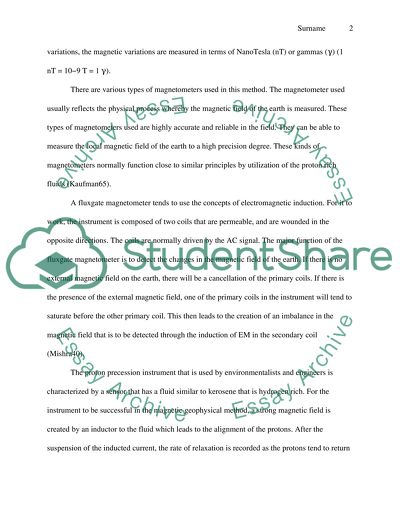Cite this document
(“Magnetic Geophysical Method Essay Example | Topics and Well Written Essays - 3000 words”, n.d.)
Retrieved from https://studentshare.org/physics/1402252-magnetic-geophysical-method
Retrieved from https://studentshare.org/physics/1402252-magnetic-geophysical-method
(Magnetic Geophysical Method Essay Example | Topics and Well Written Essays - 3000 Words)
https://studentshare.org/physics/1402252-magnetic-geophysical-method.
https://studentshare.org/physics/1402252-magnetic-geophysical-method.
“Magnetic Geophysical Method Essay Example | Topics and Well Written Essays - 3000 Words”, n.d. https://studentshare.org/physics/1402252-magnetic-geophysical-method.


